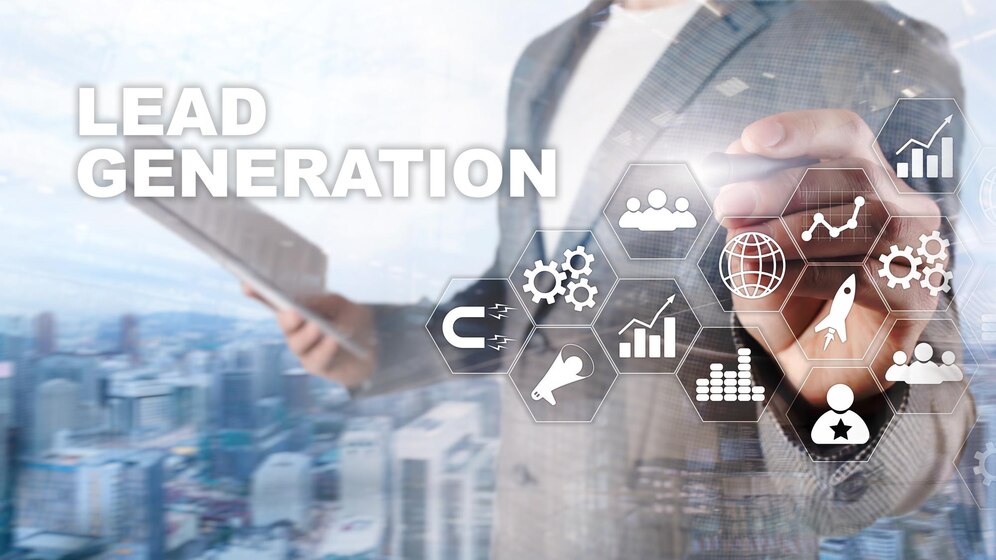Benefits of using a sales funnel
Once built, an effective sales funnel can work for you, generating sales for a long time.
What is a sales funnel?
The sales funnel is a key element of the marketing process. It defines the simplest course of the customer path to purchase. Ultimately, the sales funnel is a useful structure that helps to establish contact with customers and engage them during the purchase path. Here you will find details about the individual stages of the sales funnel. You'll learn how Amazon Ads can help marketers maximize their results with a comprehensive sales funnel strategy.
